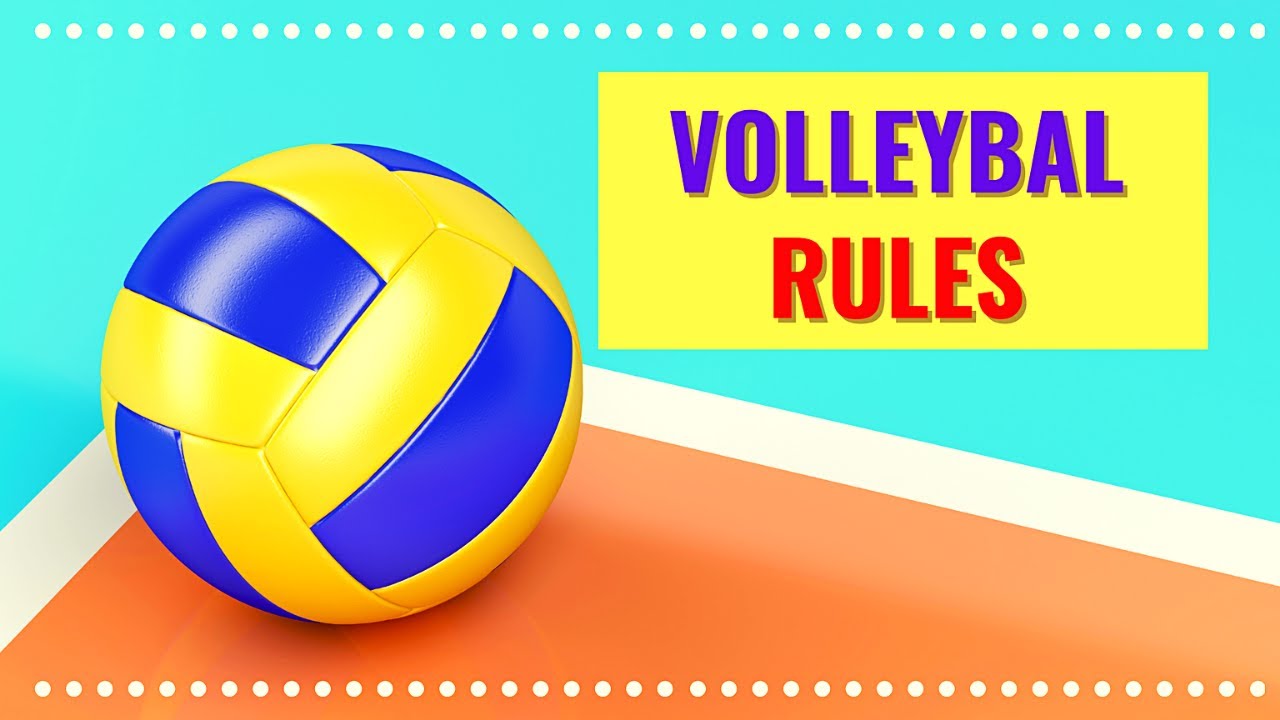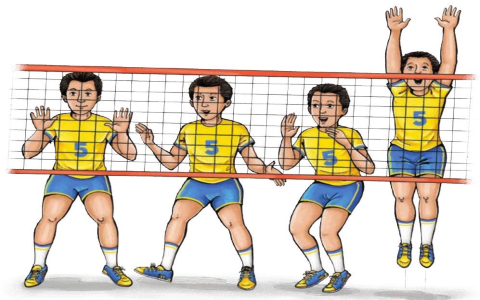Okay, let’s talk about how volleyball actually works on the court, based on what I’ve seen and done playing the game. It’s not super complicated once you get the hang of it.

Getting Started and the Basics
So, the first thing you gotta know is the main point: get that ball over the net and make it hit the floor on the other team’s side. Or, make the other team mess up so they can’t return it legally. Simple enough, right?
You’ve got six players on your side of the court. Everyone has a spot they start in. When I first joined a casual game, remembering where to stand and when to move was the tricky part. We basically just tried to cover the court.
Serving the Ball
The game always kicks off with a serve. One player goes back behind the end line. You gotta hit the ball over the net into the opponent’s court. Important thing: Your feet can’t touch or cross that line while you’re serving. I remember messing that up a few times early on – it’s called a foot fault, and you lose the point right away. You only get one try to make a good serve, unless it’s a “let serve” where the ball hits the net but still goes over and into the opponent’s court. Those are playable now, which wasn’t always the case back in the day.
Rotation – Moving Around
This part confuses beginners a lot. After your team wins the point when the other team was serving, your team rotates. Everyone moves one position clockwise. The person in the front right moves to the back right to serve, the person who was serving moves to the back middle, and so on. You have to be in the correct rotated position right before the ball is served. Once the ball is in play, you can move pretty much anywhere. I learned quickly that getting rotation wrong is an easy way to give away points.
Playing the Ball – The Three Hits
Okay, here’s a core rule: Your team gets a maximum of three touches to get the ball back over the net. Usually, it goes like this:
- Bump (or Pass): The first touch, trying to get the ball to your setter.
- Set: The second touch, usually overhead, positioning the ball for a teammate to attack.
- Spike (or Attack): The third touch, hitting the ball hard over the net to score.
A block at the net doesn’t count as one of your three touches. That took me a while to get straight. Also, one player can’t hit the ball twice in a row. The exception is if the first hit was a block – then they can hit it again immediately.

Illegal Hits and Fouls
There are things you just can’t do. You can’t catch and throw the ball. That’s a lift or a carry. The contact has to be pretty clean. Hitting the ball with two hands open from below is usually a no-no. Double contact, like hitting the ball twice quickly with different parts of your body (unless it’s the very first team contact), is also a fault.
Big one: Don’t touch the net while the ball is in play! If any part of your body touches the net between the antennas during the action of playing the ball, it’s a fault. I’ve lost points for my team just by accidentally brushing it with my shirt. Also, reaching over the net to hit the ball before the other team has finished their attack is usually not allowed, unless they’ve already used their three hits or the ball is clearly coming over anyway.
Scoring and Winning
Volleyball uses rally scoring. That means every time the ball is served, a point is scored – either by the serving team or the receiving team. If the serving team wins the rally, they get a point and serve again. If the receiving team wins the rally, they get a point and the right to serve (and they rotate).
Most games are played as best of five sets. The first four sets usually go up to 25 points, but you have to win by at least two points. So if it’s 24-24, you keep playing until one team leads by two (like 26-24 or 27-25). If it goes to a fifth set, that one usually only goes to 15 points, again needing to win by two.
So yeah, that’s the gist of it from my time on the court. You learn by doing, making mistakes, and watching others. Getting these basics down lets you actually start playing and having fun, which is what it’s all about.




















